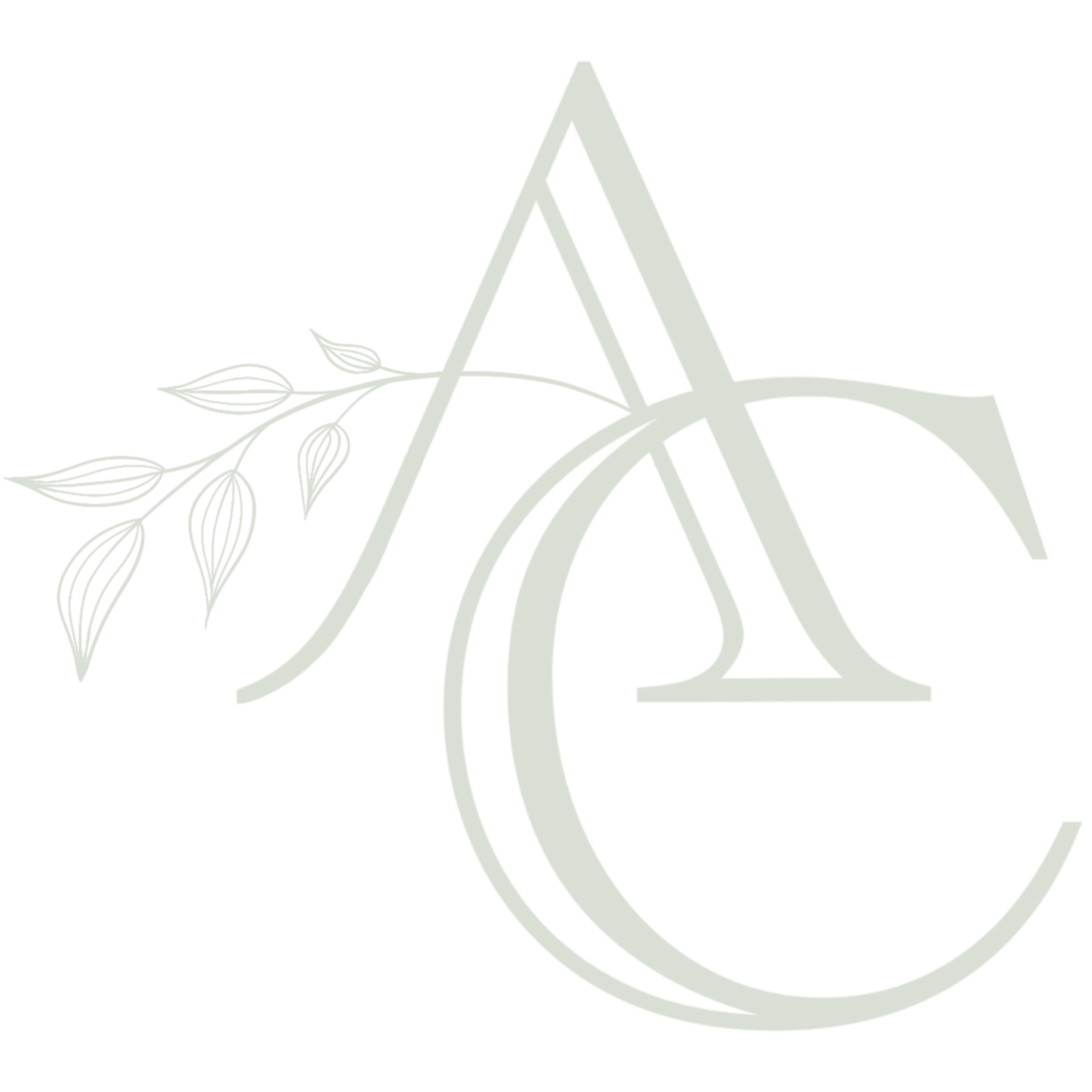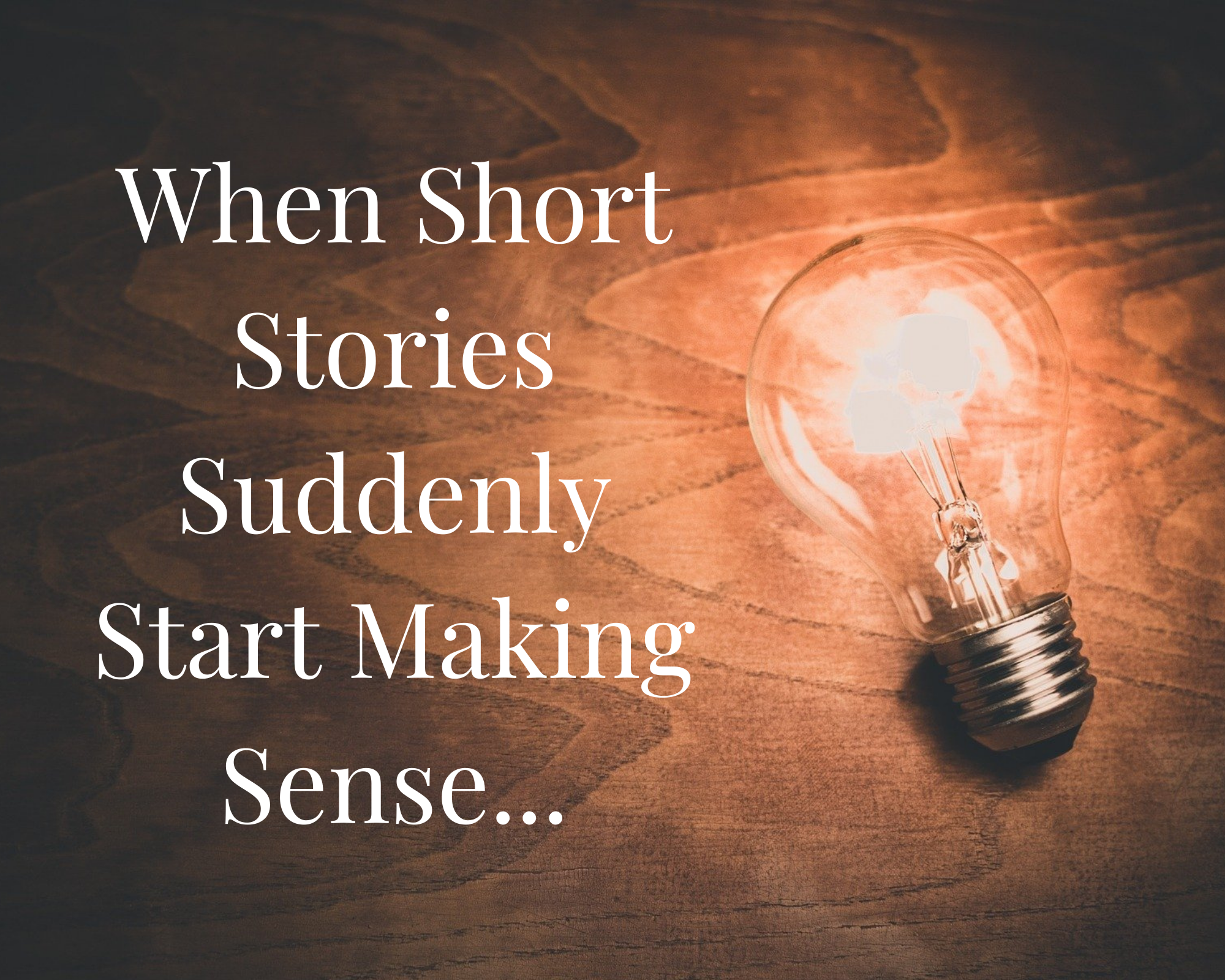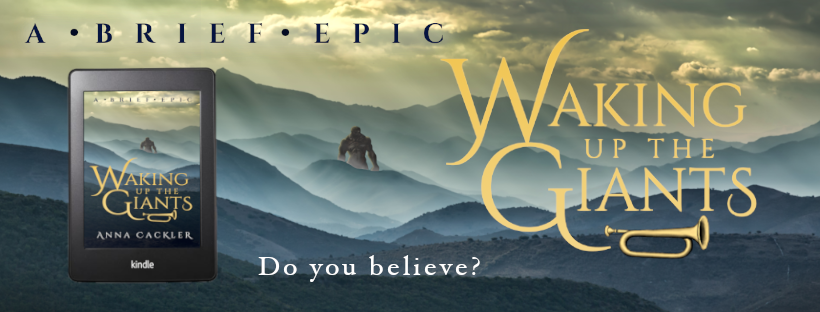Okay okay, I know. I’ve only released one short story, so what kind of an authority am I?
Well, I’m not. I’ll admit that right up front. In this particular format, I’m kind of learning as I go. I mean, I took classes in it back in college. I have attempted (and failed) to write a few for classes and for submissions during college. But I never quite got a grasp on the whole short story concept. Novels, I get. Series? Longer works of any kind? Easy peasy. Those things make sense to me.
But transitioning from full novel to short story was a conversion that simply didn’t translate to me. How in the heck am I supposed to cram an entire story into a single chapter (essentially). There’s not enough time for world building, character development, plot setup.
And the fact that everyone else seemed to prefer short stories (because they were faster to produce) only made things worse. I just kind of assumed short stories weren’t for me, and moved on with my life.
Well this post is for anyone else who is learning by doing. Because over the summer (while writing Waking Up the Giants) I had an ah-hah moment. One of those huge lightbulbs that just came to me. Something nobody ever told me, or maybe I just made it up? Either way, once I had this major realization, suddenly short stories made sense to me. And WUtG just kind of poured out of me in under a month.
Ah Hah!!!
The big realization?? It’s simple:
A short story is simply a novel, but you start at the 85-90% mark instead of starting at the beginning.
That’s it. That’s all it took for the whole format to click into place. I could do that. Just pick up the story shortly before the climax. A short story is basically just the climax of a bigger story! Easy friggin peasy.
Of course, a few adjustments have to be made to account for nixing the first 85-90% of a novel. All that world building, character development, and plot setup has to happen somewhere, right?
Following are a few best-practices I came up with to help keep my short stories tight. I’ll be using my first truly excellent short story as examples for all these. If you haven’t read Waking Up the Giants yet, then stop now and go read it! It’s worth your time, trust me.
That’s not me bragging, either. Just a statement of fact. Know your worth, y’all!!
Only a Few Characters for a Short Story
First things first, cut the cast list to essential personnel only!
WUtG had only three characters: Eoghan and Nora, plus one unnamed man from Amau.
The more characters you have, the more page space is required to flesh them out and keep them distinct from each other.
And while we’re at it, keep character motivations simple, straightforward, and narrow. Eoghan and Nora have a simple goal: Find the Clarion, take it to the top of the Mountain, and sound it. Hopefully this will successfully wake up the Giants, which will save their country, Lujor, from war with their northern neighbor, Amau.
The unnamed character has a similar (but opposite) goal. Nothing too complex about that. His motivations were laid out in a single paragraph, because the framework had already been laid out for Eoghan and Nora’s motivations.
Narrow Time Frame
WUtG takes place over the course of four days. Eoghan and Nora’s journey takes place over 14 days, but the story begins on day 11. Plenty happened on days 1-10. Important things, too. That’s when Eoghan and Nora first met, butted heads, got used to each other, and became close. On the fourth day, Eoghan saves Nora from nearly falling into a ravine and dying. That’s an exciting scene! And a really great opportunity for drawing the two characters together, illustrating a new trust and reliance between them.
And if this had been a novel, it would definitely have been included.
But this isn’t a novel. It’s a short story. I don’t have time for every scene like that. Which brings me to my next point:
Edit Ruthlessly
If it doesn’t do double or triple duty, the line has to go. Every conversation Eoghan and Nora had both reinforced world building and plot, and also reinforced their relationship to each other. They didn’t argue about just anything. They argued about their mission and their motivations for accepting the mission in the first place, their faith in their success, the Amau man they encounter, and the deeper meaning behind his insinuations. All plot related.
Their curiosity about why the Clarion’s chest wasn’t rotten despite being exposed to the elements for a thousand years? Deliberate.
Nora’s reasons for tying the Clarion to her pack? Deliberate.
The maps not making sense on day 12? Deliberate. You’d think it was just so I’d have a reason for Nora to sit down to recheck her maps, therefore separating them in preparation for the next event, but it was more than that. Nora could have stopped to draw a tree or make a note, but how would either of those things reinforce the plot twist? I wanted to illustrate that something had changed in the landscape as well as separate the two characters momentarily, which is why I chose to have the maps stop making sense instead of simply giving her another landmark to sketch.
And to continue in that same vein:
Backstory is Rarely Needed in a Short Story
Cut the backstories, or else get them down to a couple of lines max. And if you can work in action and plot pushing at the same time? Even better.
Eoghan’s backstory is the most fleshed out in WUtG.
He tells Nora about his Nan, who used to tell him stories about the Giants.
Notice that his backstory does double duty, like a good, well-behaved plot device. He is giving backstory about how he became a ranger, but he is also laying out the mission and a brief history of the Giants.
Nora’s backstory is even more sparse.
All we get about her is that she is an apprentice mapmaker on her first trek, and that she is from a town called Tutree.
Her vocation is stated briefly in a couple of strategic lines during the beginning, and her home town comes up at about the 50% mark. But even that does triple duty.
- It gives her character a better foundation in realism – everyone is from somewhere.
- It illustrates the urgency of the war and their need to hurry: Tutree has been destroyed by Amau only a couple of days after they left.
- Later, when Nora asks how the Amau man found them, Tutree provides the answer.
- It adds depth to the world building (by mentioning several landmarks visible from the vista.
- It foreshadows the fact that Amau is only right behind them.
- The establishment of the existence of her family creates jumping off point for the sequel. The pair decides to go searching for Nora’s family since they would have fled Tutree.
Wow, not triple duty. What’s that, sextuple duty? Damn, I’m good. All that from simply having them see from a high up vista that Nora’s home town had been burned.
Also, notice that this backstory was acheived through action. I didn’t include a paragraph saying “Nora is from a town called Tutree.”
Nope. Nora points and says “Look. Right there, you see?… They’ve hit Tutree… That’s home.”
And this discovery helped push the scene forward in the moment. It cemented Nora’s resolve to succeed in their mission.
The Amau man doesn’t get a backstory at all.
…There’s not a whole lot to add there. He didn’t need one, so it didn’t happen. He was simply a bad guy to fight, and that’s enough for a short story.
Follow Conventional Story Structure
This one seems like a no brainer, but sometimes it needs to be said anyway. The basic plot arc is a powerful thing, and it should never be discounted.
I know you all know what the plot arc is, but just in case, it is: exposition, catalyst, rising action, climax, denouement.
My big ah-hah moment was to realize that a short story is simply the end of a novel, so you’d think I’d be skipping the exposition and catalyst, along with most of the rising action, right?
WRONG.
We still need all of these things. We must simply attribute them to later events in the story.
If I had written Waking Up the Giants as a full novel, it would have followed this pattern:
Exposition: Eoghan the ranger agrees to a meeting at Tutree for a special mission. He meets Nora, plus a bunch of other characters.
Catalyst: some event happens that forces Eoghan’s hand. Nothing can ever be the same again, no matter what he choses to do. But he does choose to accept the mission, and he and Nora leave Tutree. Possibly the Catalyst would have been Amau hitting Tutree on the page. They begin burning it down and Eoghan and Nora flee.
Rising Action: Eoghan and Nora begin their journey, with the stakes slowly rising, up until the point where they find the Clarion and encounter the Amau man (who would likely have an actual name and backstory of his own).
Climax: They sound the Clarion at the peak, and all hell breaks loose.
Denouement: They succeed, and they tie up all loose ends.
See? All the pieces are there for the unwritten bulk of the story. I COULD HAVE written a full novel. The material is there!
But I didn’t. I wrote it as a short story. So instead, this is how the plot arc goes:
Exposition: Eoghan and Nora find the Clarion’s hiding place It’s a gentle, low tension scene, with plenty of concise world building and setup. And by concise, I mean CONCISE.
Catalyst: Nora sounds the Clarion, triggering an earthquake. Now Eoghan knows this is real. There’s no going back now.
Rising Action: They encounter the Amau man, plus the consequences that come with it.
Climax: They sound the Clarion at the peak, and all hell breaks loose.
Denouement: a single page wrapping up all loose ends and establishing that they’re okay.
So even though I am skipping the bulk of the story (on the page), I still follow the basic plot arc. It’s all there.
Denouement
Ha, get it? I used denouement as the heading for the last section of this post. Lol.
Of course, there are plenty of ways to write anything creative. It’s just kind of how these things work. But I feel like I’ve finally got a grasp in the short story now, and hopefully my long winded explanations of my own methods will help anyone else who hasn’t clicked with them yet. Let me know in the comments if you have any other tips and tricks that help you!



I am not a writer, but I am a reader! And I enjoyed this. Gives me some useful reading tools, actually. Thanks, Anna.
Good, I’m so glad! 🙂 Anything to help out a fellow reader.